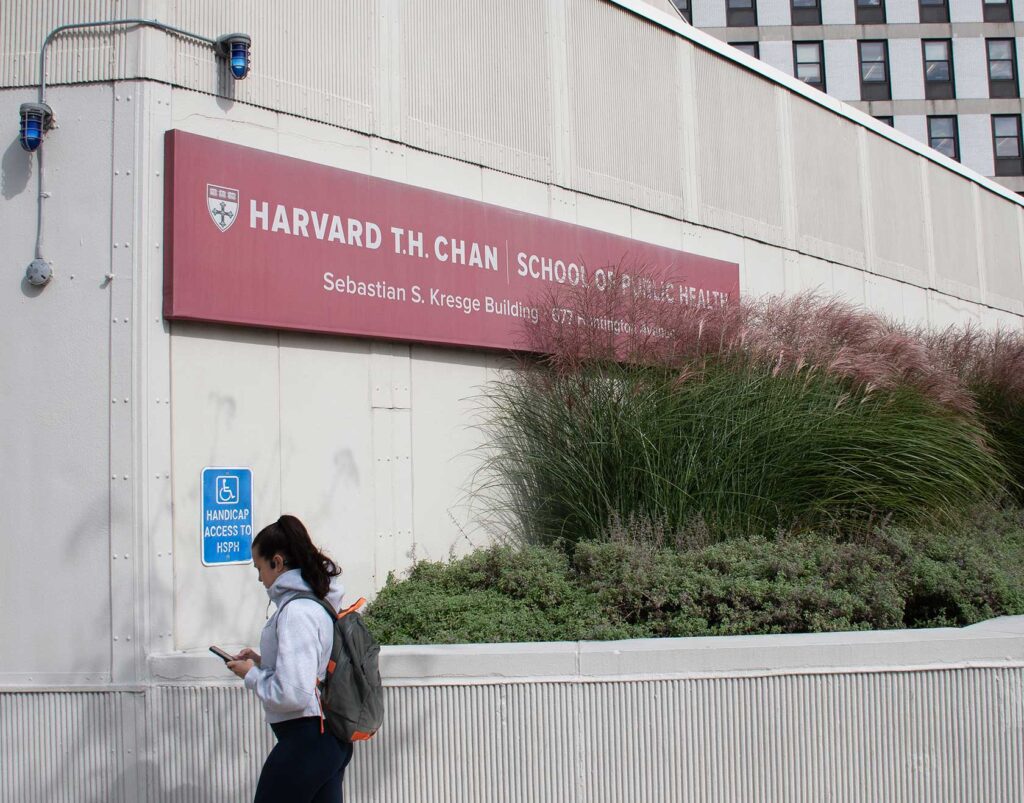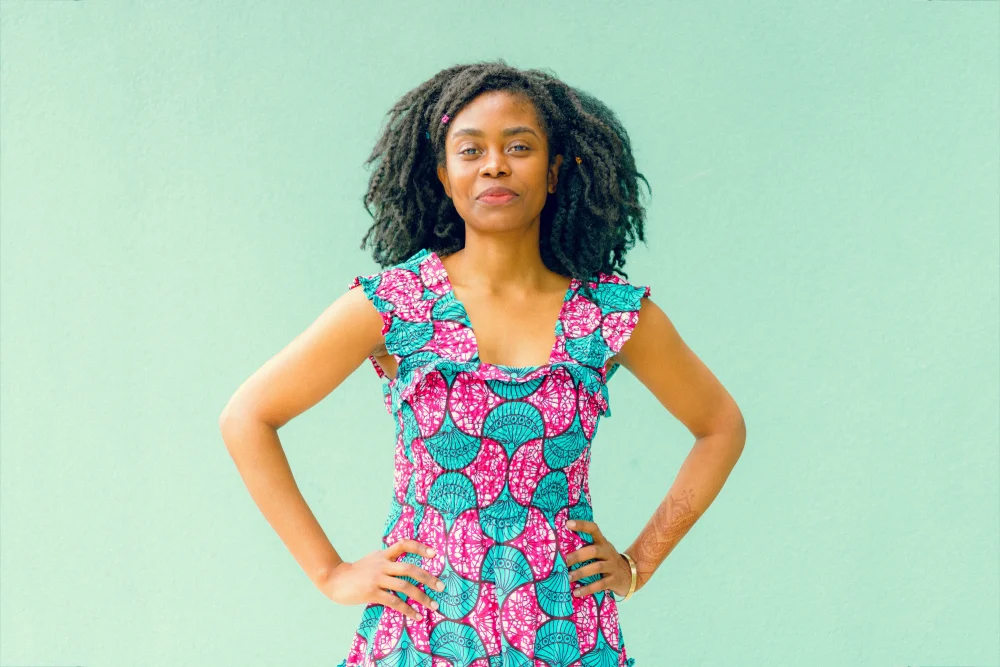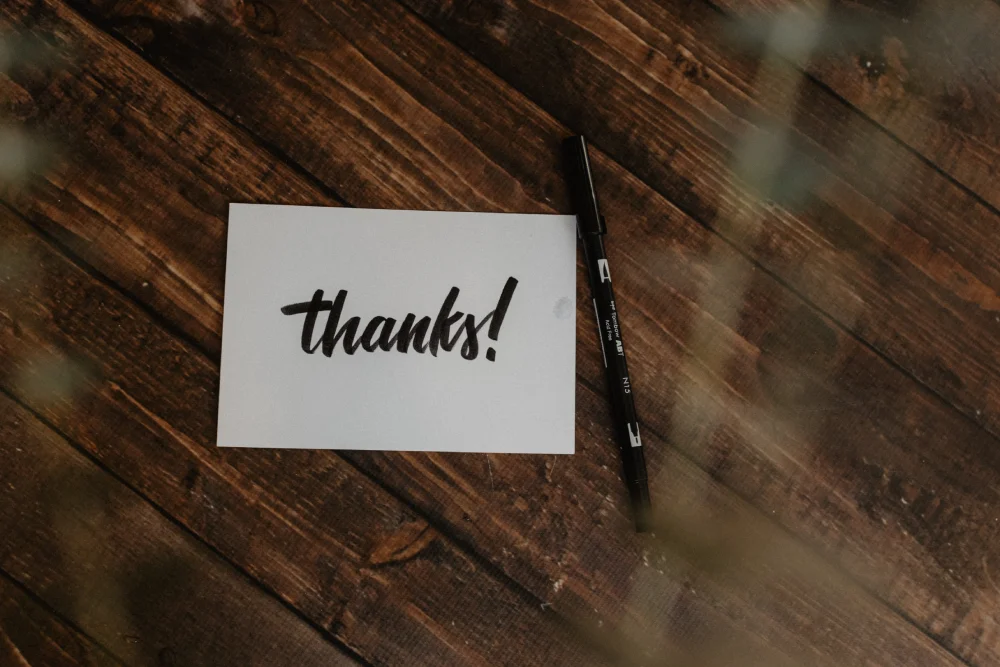
Harvard University’s TH Chan School of Public Health recently conducted a study on hair product safety in different areas of Boston.banner photo
A study conducted by Harvard University in Boston found that stores in Roxbury, Mission Hill, and other low-income, predominantly black areas of the city were more likely to have potentially harmful exposure than stores in more affluent areas. They are likely to sell hair care products containing chemicals. TH Chan School of Public Health.
The study was published last month in the journal Environmental hygiene perspectiveaims to shine a light on issues that traditionally affect black women, who have had to radically change their hair and hair care in order to be socially accepted.
The Harvard study aims to not only raise awareness about curling irons and other hair care products, but also focus on the hair care industry itself.
“There’s a tendency to be biased towards only individual-level behavior, but product use is actually the result of a variety of systems,” said Marissa Chan, one of the study’s researchers.
Black women who face hair discrimination have had to conform to Eurocentric beauty standards and wash, condition, and style their hair using hair care products that are not necessarily good for them. .
In recent years, issues surrounding hair care products have come to the fore in a variety of ways. This summer, the NAACP adopted a resolution to raise awareness about the link between chemicals in certain hair products and uterine cancer. And the Food and Drug Administration has proposed banning certain chemicals from hair straightening products used primarily by Black women, a move heralded by Representative Ayanna Pressley.
“As a result of systemic racism and anti-Black hair sentiment, Black women are disproportionately at risk from these products.” Pressley previously asked the FDA to investigate the health risks to black female consumers.
“Regardless of how we wear our hair, we should be allowed to show up to the world without risking our health,” she added.
Researchers at Harvard University focused on hair care products sold in Boston’s communities of color compared to some of the city’s more affluent areas.
They analyzed over 14,000 hair products at over 50 stores in Chinatown, Dorchester, East Boston, Mission Hill, Mattapan, and Roxbury. They also looked at stores in tony Beacon Hill and downtown.
Neighborhoods were selected based on their racial and ethnic composition and the percentage of people living below the poverty level.
To determine how potentially harmful a product is, researchers used a database to assign a hazard score to the project. They also identified a variety of factors, from individual choices to racism and policies that often direct cheaper, more harmful products to low-income areas.
Researchers noted the presence of endocrine-disrupting chemicals that act like hormones in the body and affect individuals and the fetus during pregnancy.
Chan said she wants to understand how endocrine-disrupting chemicals affect pregnancy outcomes and other biological factors, such as age at menarche.
The Harvard team said their work is not done yet. We still need to understand the full extent of the harm caused by these chemicals.
The team is working to collect data from all of Boston’s neighborhoods to see if the results hold true more broadly.
Tracy Bethea, an assistant professor at Georgetown University who studies endocrine-disrupting chemicals, said more research is needed.
“We don’t want to scare people about the world, but it can be important because most people are exposed to more than one type of endocrine disrupting chemical, and it’s actually Because we haven’t yet learned what that means,” Beshear said. He was not involved in the Harvard study.
Beshear said people trying to avoid chemicals should check various online databases and apps that track chemicals and products.Mr. Chan is a member of the Environmental Working Group. skin deep databasee “Safe Cosmetics Campaign” Non-toxic black beauty database and Silent Spring Institute. detox me appsearch for a product or material.
Eliminating chemicals ultimately also comes down to personal trade-offs.
“I work a lot with cancer survivors, and sometimes I think, ‘If that lipstick is a power lipstick that helps me leave the house and have a functional day, then it’s worth it.’ “I sometimes think,” Beshear said. . “So you may want to address your exposure by changing the products you use to clean.”
Researchers said people might consider ways to avoid these harmful issues by purchasing less harmful products. However, research shows that these less harmful products are not readily available in your neighborhood.
Chan says that properly addressing access disparities requires addressing community-level factors such as what products women of color want and where those products are sold. He said that a broader dialogue was needed to achieve this goal.It’s actually on sale.
“You can’t solve this problem by shopping around. This needs to be a broader discussion, and it needs to involve different people from different walks of life,” she said. “It really takes all of us in our respective fields: policy makers, businesses, researchers including myself, clinicians providing information to patients, all of us in our respective fields to advance beauty justice.”





